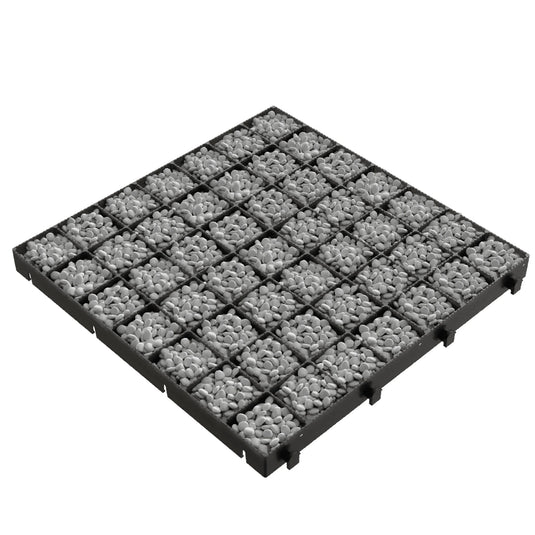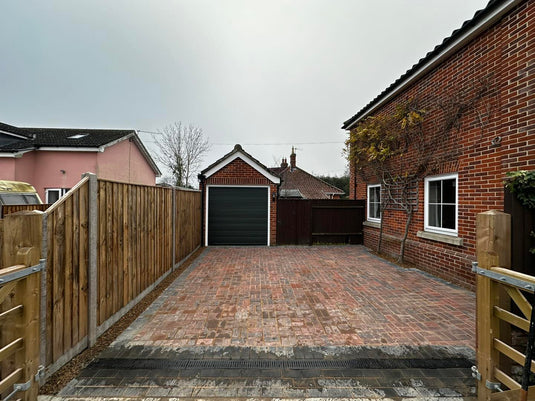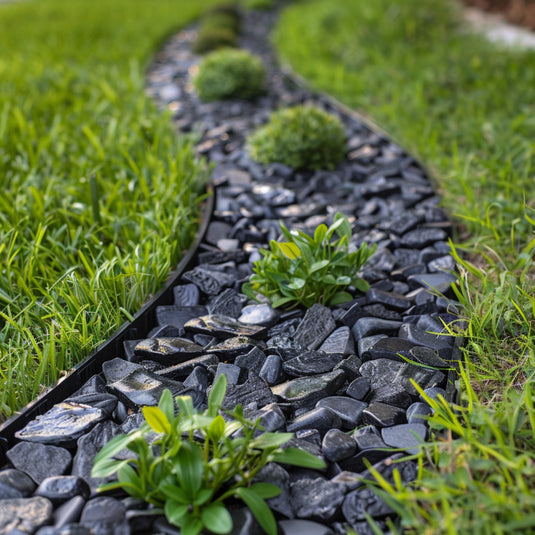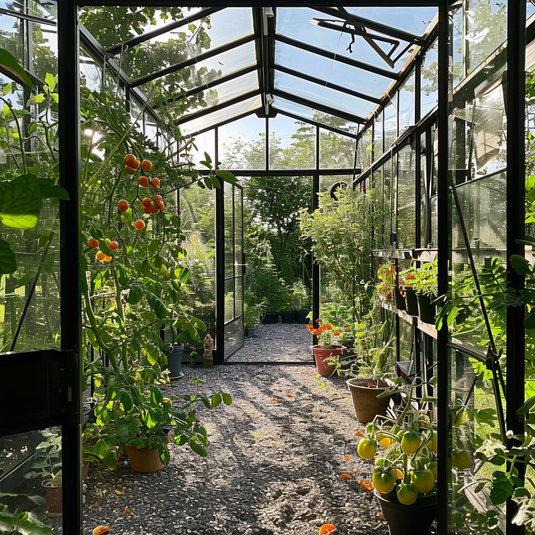The Hidden Carbon Cost: How Energy Choices Transform Injection Moulding's Environmental Impact
Injection moulding facilities can slash their carbon footprint by up to 99% through smart energy decisions. Here's the data that proves why your energy source matters more than you think.

The Energy Reality of Injection Moulding
Injection moulding is the backbone of modern manufacturing, shaping everything from automotive components to consumer electronics. But behind every moulded part lies a significant energy footprint that most manufacturers haven't fully quantified.
Energy Consumption: The Critical Metrics
The energy intensity of injection moulding varies dramatically based on equipment age and efficiency:
| Equipment Type | Energy Consumption | Efficiency Gap | Annual Cost Impact* |
|---|---|---|---|
| Modern Efficient Machines | 0.9 kWh/kg | Baseline | £600,750 |
| Older Legacy Machines | 1.6 kWh/kg | 77% higher | £1,068,000 |
| Potential Savings | 0.7 kWh/kg | 43.75% | £467,250 |
*Based on large facility (50 tonnes/week) at UK rates of 25.73p/kWh
Real-World Impact by Scale
| Facility Size | Production Volume | Efficient Equipment (kWh/week) | Legacy Equipment (kWh/week) | Annual Cost Difference |
|---|---|---|---|---|
| Small Operation | 10 tonnes/week | 9,000 | 16,000 | £93,450 |
| Large Operation | 50 tonnes/week | 45,000 | 80,000 | £467,250 |
The Carbon Multiplier Effect: Why Energy Source Changes Everything
Here's where the story gets interesting. The energy source you choose creates a multiplier effect on your environmental impact that dwarfs most other sustainability initiatives.

Coal/Fossil Fuel Supply
kg CO₂ per kWh
- Efficient systems: 0.927 kg CO₂/kg plastic
- Legacy systems: 1.648 kg CO₂/kg plastic
- Carbon penalty: 78% higher emissions
Natural Gas Supply
kg CO₂ per kWh
- Efficient systems: 0.398 kg CO₂/kg plastic
- Legacy systems: 0.707 kg CO₂/kg plastic
- Carbon penalty: 78% higher emissions
Renewable Energy Supply
kg CO₂ per kWh
- Efficient systems: 0.0081 kg CO₂/kg plastic
- Legacy systems: 0.0144 kg CO₂/kg plastic
- Carbon penalty: 78% higher emissions

The Carbon Impact Comparison
| Energy Source | Equipment Type | Energy Use (kWh/kg) | Carbon Intensity (kg CO₂/kWh) | Total Carbon (kg CO₂/kg plastic) | Reduction vs Worst Case |
|---|---|---|---|---|---|
| Coal | Legacy | 1.6 | 1.03 | 1.648 | Baseline |
| Efficient | 0.9 | 1.03 | 0.927 | 43.7% | |
| Natural Gas | Legacy | 1.6 | 0.442 | 0.707 | 57.1% |
| Efficient | 0.9 | 0.442 | 0.398 | 75.8% | |
| Renewable | Legacy | 1.6 | 0.009 | 0.0144 | 99.1% |
| Efficient | 0.9 | 0.009 | 0.0081 | 99.5% |
Next-Generation Solutions: Airiva Wind Fence Technology
For manufacturers looking to achieve complete energy independence, innovative solutions like the Airiva wind fence system offer a dual-purpose approach: security fencing that generates substantial renewable energy.



Real-World Case Study: The Numbers in Action
Large Injection Moulding Facility (50 tonnes/week)
| Scenario | Energy Consumption | Annual Cost | Carbon Footprint | Annual Savings |
|---|---|---|---|---|
| Current State (Legacy equipment + grid energy) |
80,000 kWh/week | £1,068,000 | 4,290 tonnes CO₂ | Baseline |
| Optimised State (Efficient equipment + renewables) |
45,000 kWh/week | £600,750 | 21 tonnes CO₂ | £467,250 |
| Total Improvement | 43.75% reduction | 43.75% reduction | 99.5% reduction | £467,250/year |
Industry Transformation: Why Now?
Several factors make this the optimal time for injection moulding facilities to transform their energy profile:
Economic Drivers
- Rising electricity costs making efficiency upgrades more attractive
- Declining renewable energy costs improving ROI
- Government grants and incentives for industrial decarbonisation
- Customer pressure for low-carbon products
Technology Readiness
- Mature, proven efficient injection moulding equipment
- Reliable renewable energy infrastructure
- Smart energy management systems
- Performance monitoring and optimisation tools
The Transformation Opportunity
The data reveals three powerful levers for dramatic improvement:
| Improvement Strategy | Potential Impact | Implementation Timeline | ROI Period | Additional Benefits |
|---|---|---|---|---|
| Equipment Efficiency Upgrade | 43.75% energy reduction | 6-12 months | 2-4 years | Improved cycle times, reduced maintenance |
| Renewable Energy Transition | 99.13% carbon reduction | Immediate | Contract dependent | Price stability, brand enhancement |
| Combined Approach | 99.22% total carbon reduction | 6-18 months | 2-5 years | Complete transformation |
The Path Forward: Practical Implementation
| Phase | Key Actions | Timeline | Investment Level | Expected ROI |
|---|---|---|---|---|
| Phase 1: Assessment | Energy audit, renewable tariff switch, monitoring systems | 1-3 months | Low (£10-50k) | Immediate savings |
| Phase 2: Optimisation | Equipment upgrades, process improvements, smart controls | 6-12 months | Medium (£100k-1M) | 2-4 years |
| Phase 3: Independence | On-site generation, energy storage, demand response | 12-24 months | High (£1M+) | 5-8 years |
The Bottom Line
The data is unequivocal: energy choices in injection moulding create a 100:1 impact differential on carbon emissions. A facility using coal power with legacy equipment produces 204 times more carbon per kg of plastic than one using renewable energy with efficient equipment.
This isn't just about environmental responsibility—it's about competitive advantage. As carbon costs rise and customers increasingly value sustainable products, the facilities that transform their energy profile now will lead their markets tomorrow.
The question isn't whether to act, but how quickly you can capture this transformational opportunity.
Key Takeaways for Decision Makers
- Equipment efficiency: 43.75% energy reduction potential
- Renewable energy: 99.13% carbon reduction potential
- Combined impact: Industry-leading sustainability + significant cost savings
- ROI timeline: 2-4 years for efficiency upgrades, immediate for energy sourcing
- Competitive advantage: Position for low-carbon economy requirements
- Government support: Grants and incentives available now
Ready to transform your injection moulding operation? The data shows the path—the only question is when you'll take the first step.






